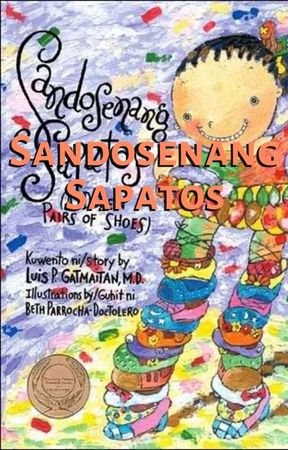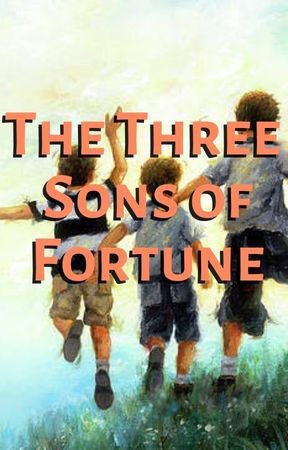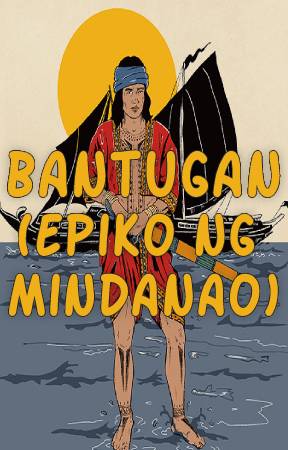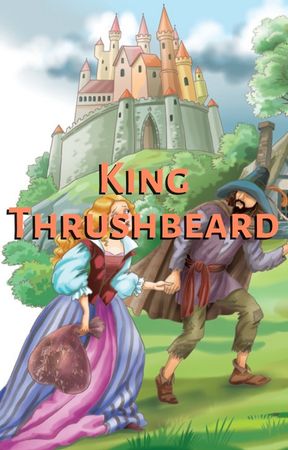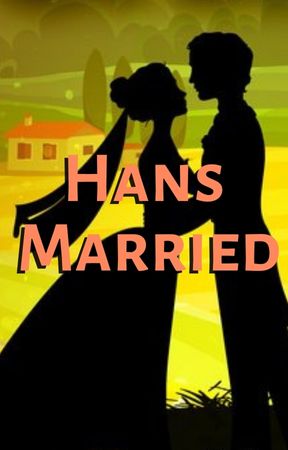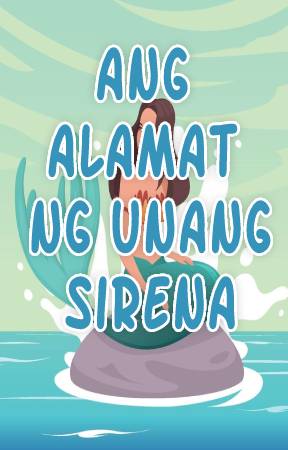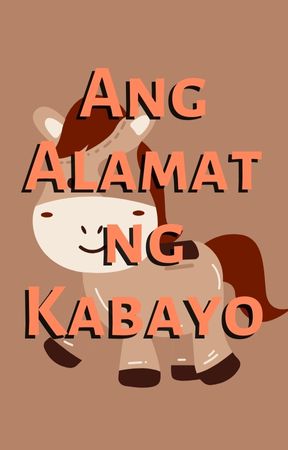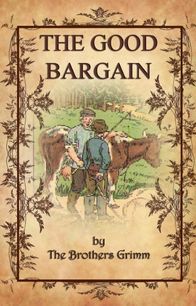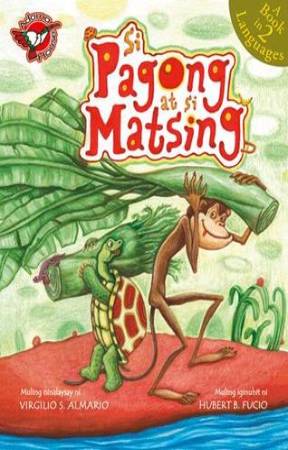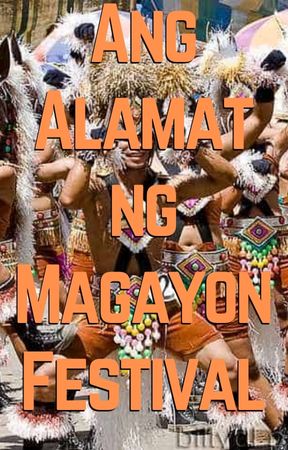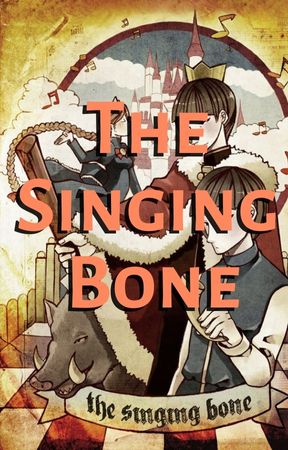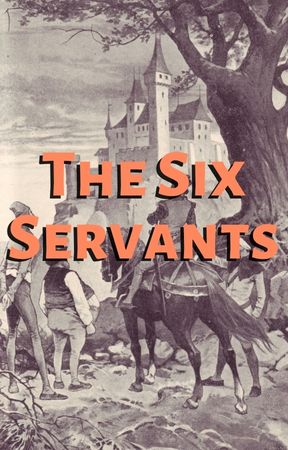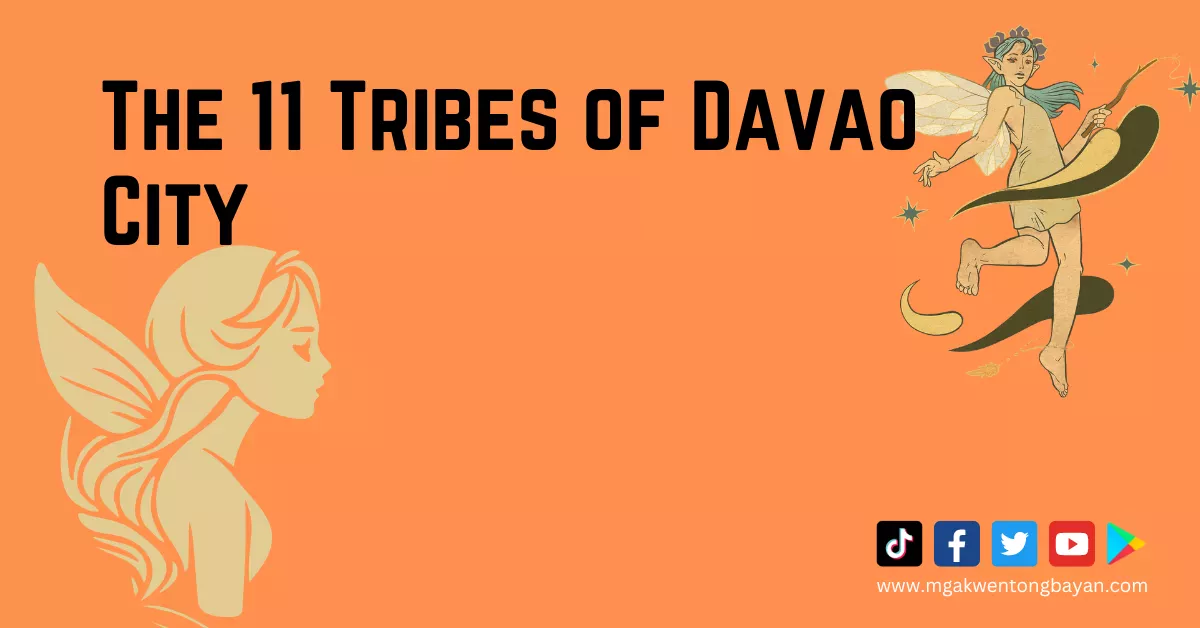The 11 tribes of Davao City are a diverse and vibrant group of people who have contributed greatly to the culture and history of the city. They are a proud people who are committed to preserving their traditions and way of life.
- ATA – The Atas or “dwellers in highlands” are powerful people who appear to be a mixture of Negritos and Malays. As occupants of the headwaters of Davao, Tuganay and Libuganon Rivers, the Atas depend primarily on hunting as their livelihood. The Atas are also known for being sensitive and vindictive but can be easily pacified if handled with utmost diplomacy.
- IRANUN – They are regarded as the fiercest pirates in the Malay world adopting a typical maritime lifestyle of sea invaders and have transitioned as fishermen and long-distance traders. They attacked merchant shipping and coastal settlements in the Philippines, the straits of Malacca and the islands beyond Sulawesi.
- KAGAN – The tribe’s name was derived from the word kaog means “whisper”. The Kagan people are known as agriculturists— cultivating rice, corn, abaca, and coconut for cash crops. Those who are living near the coasts practice fishing. They are Tagakaolo who have converted to Islam either through intermarriage or contact with the Maguindanaons.
- KLATA (Guiangan) – Klatas occupy a very small territory stretching from Catalunan to Calinan within Davao City. Their traditional population centers included Blao, Tagakpan, Dulian, Sirib, Gunalong and Tamugan. They are called the forest dwellers.
- MAGUINDANAO – They are known as the people of the flood plain in Mindanao originating from the province of Maguindanao. Outside the province, they are scattered around the three district of Davao City and other nearby provinces like Davao del Sur, Davao del Norte and Davao Oriental. Living mostly along the mouths of rivers, they impeded the Spanish colonizers’ efforts at bringing the other tribes of Davao within the Christian fold.
- MARANAO – Maranaos are said to have the best traditional clothes out of all Filipino ethnic groups. They are also called the “People of the Lake” and are known to be brave. Historically, Maranaos are believed to have offered sacrifices in defense of their homelands and to pay homage to Islam, their religion. Among those the tribe takes pride in is their rich literature called Darangen as well as their sophisticated wood and metal crafts expressed in their Torogan—a special house built for a Maranao maiden and Okir—an artistic design.
- MATIGSALOG – Matigsalog or “River People” are considered to be the most aboriginal inhabitants of Mindanao chiefly occupying the Agusan river valley in Compostella, from Malalag to Sarangani and between Cuabo and Cape San Agustin. In Davao City, they are mostly located in the hinterlands of Marilog, Marahan or Paquibato. Their houses are built near the rivers, often on the forks of trees. Of Malay descent, the Manobos are of slight built but athletic is from the words Matig (place of origin) and Salug (river). They are regarded as one of Davao’s colourful tribes.
- OVU-MANUVO – The Ovu-Manuvos are known for their intricate casting, fine weaponry, and jewelry. For them, these things possess souls as souls also possess animate objects. Obu oral tradition tells of Apo Sandawa’s journey from the north to Davao. Apo Sandawa’s point of entry in Davao was at Ulas. From Ulas, Apo Sandawa and hid family moved north towards the Talomo mountains, even reaching Mt. Sinaka. Apo Sandawa’s journey ended in Mt. Apo where he was buried. Apo Sandawa is considered the ancestor of the Obus.
- SAMA – The Sama people are described as peace loving and cohesive people thus putting so much value on togetherness. Their forebears are said to possess special powers having the supernatural ability to invite spirits called Jin to do things for them. Majority of the Sama people are mostly living in the in Bunawan and other coastal areas in Davao City.
- TAGABAWA – Tagabawa means “People from the South” and they have been occupying the districts of Marilog, Baguio, Calinan, Tugbok and Toril in Davao City. Natives who identify themselves as such are called Bagobo. This tribe is said to be the most intelligent of all natives in the Philippines. The Tagabawas occupy the districts of Marilog, Baguio, Calinan, Tugbok and Toril.
- TAUSUG – The Tausugs dominate over the island of Sulu. They are known as the People of the Current and are known for their courage and bravery. Loyalty is an important trait among the Tausugs. They practice the ritual of blood compact to signify the depth of their loyalty to one another. They are fierce and dangerous but the moment one befriends one of them, the bond will be enduring.
These tribes are the original inhabitants of Davao City and they have their own unique cultures and traditions. They are celebrated every year during the Kadayawan Festival, which is a thanksgiving festival for the city’s bountiful harvest and its diverse cultures.
